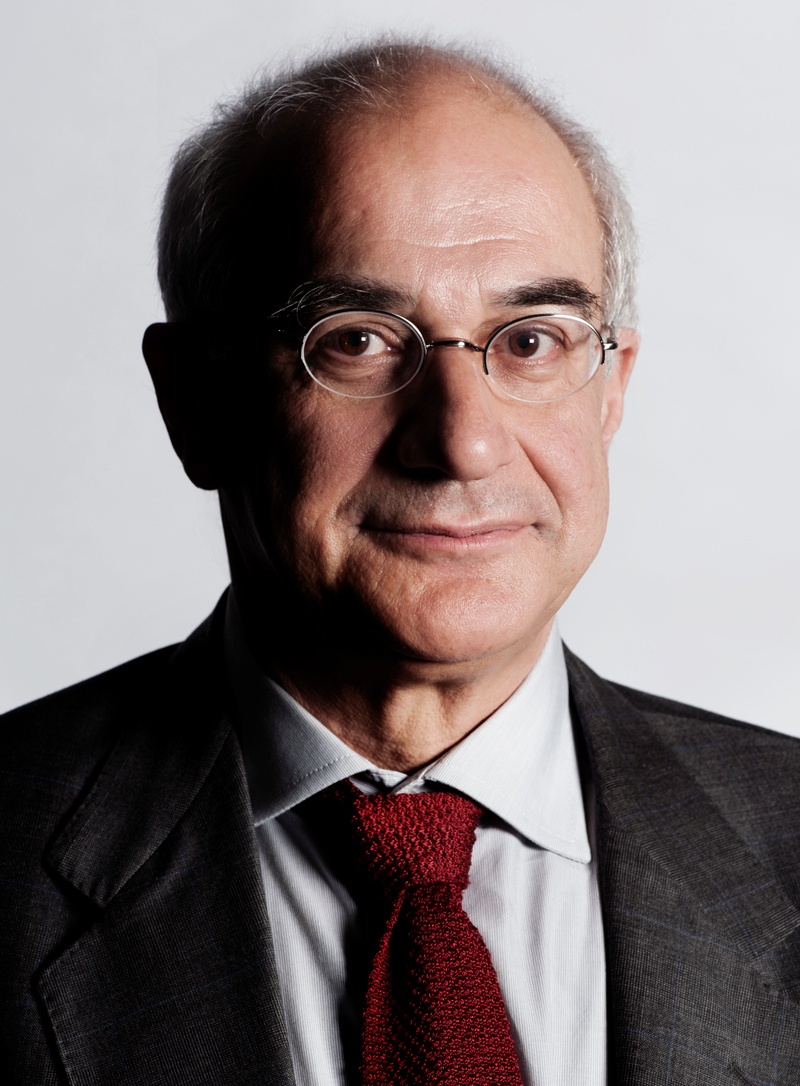
Léo Ramos Chaves / Revista Pesquisa FAPESPGalves dedicated himself to establishing an international network of probability and statistics researchersLéo Ramos Chaves / Revista Pesquisa FAPESP
In July and August, the 26th edition of the Brazilian School of Probability, an international event attended by statistics researchers and students, paid tribute to one of its biggest advocates: mathematician Antonio Galves, from the Statistics Department at the Institute of Mathematics and Statistics of the University of São Paulo (IME-USP). It was the last time that many of his colleagues had contact with Galves, who died of an undisclosed cause on September 5 in Campinas, São Paulo, at the age of 76.
He was considered the father of the probability and statistics research network in Brazil due to his efforts to form and strengthen links between scientists in the field. He also sought to establish ties with colleagues from other countries in Latin America and Europe.
Galves earned his degree in mathematics from USP in 1968, where he also completed a master’s degree in statistics in 1972 and a PhD in the same subject in 1978. In 1969, he became a professor at the educational institution, where he remained until he retired in 2022. He was head of the Mathematics, Computing, Language, and Brain Research Support Center (MaCLinC-USP).
The starting point of his academic work was systems involving Markov particles, whose trajectory is independent of past events, meaning they have no memory. Galves, however, introduced memory into these systems, as explained by German mathematician Eva Löcherbach, from the University of Paris 1 Panthéon-Sorbonne. He studied chains of variable orders — systems whose dependence on past events could vary.
In 2013, the Brazilian and the German published an article together in which they presented a method for calculating how long it takes for a stimulus (a spike) emitted by a neuron in a neural network to return to its sender. It was the origin of the “Galves-Löcherbach model,” used in neurocomputing research and brain behavior simulations, and one of the Brazilian researcher’s most impactful contributions.
Claudio Landim, deputy director of the Institute for Pure and Applied Mathematics (IMPA), highlights two articles by Galves. The first, published in 1981 and coauthored with mathematicians Claude Kipnis (1949–1993), Carlo Marchioro, and Errico Presutti, was one of the first to study nonequilibrium thermodynamic systems and contains a statistical deduction of Fourier’s law, which describes how heat flows in a material. The second, written with Italian physicist and statistician Marzio Cassandro, Italian mathematician Enzo Olivieri, and Brazilian mathematician Maria Eulália Vares and published in 1984, was the first to offer a “systematic study of metastability,” according to Landim.
The term relates to system states with a long period of apparent equilibrium, followed by a rapid change to stable equilibrium. A typical case is supercooled liquids. A bottle of beer placed in a freezer at a temperature below 0 ºC, for example, suddenly freezes when subject to an external disturbance.
Physicist and mathematician José Fernando Perez, scientific director of FAPESP between 1993 and 2005, recalls Galves’s unifying character and his efforts to bring together professionals from IME and USP’s Physics Institute. “In the 1980s and 1990s, we established a solid partnership between the two institutions and many of my students ended up working at the IME, even though they were physicists.”
Galves had been head of the neuromathematics research center NeuroMat, one of the Research, Innovation, and Dissemination Centers (RIDCs) funded by FAPESP, since 2013. One NeuroMat project is a videogame in which the player is asked to predict in which direction a soccer player will aim a penalty kick based on their past behavior. The tool has been used for early detection of Parkinson’s disease.
Galves was married to Charlotte Chambelland Galves and leaves two daughters and a son.
Republish